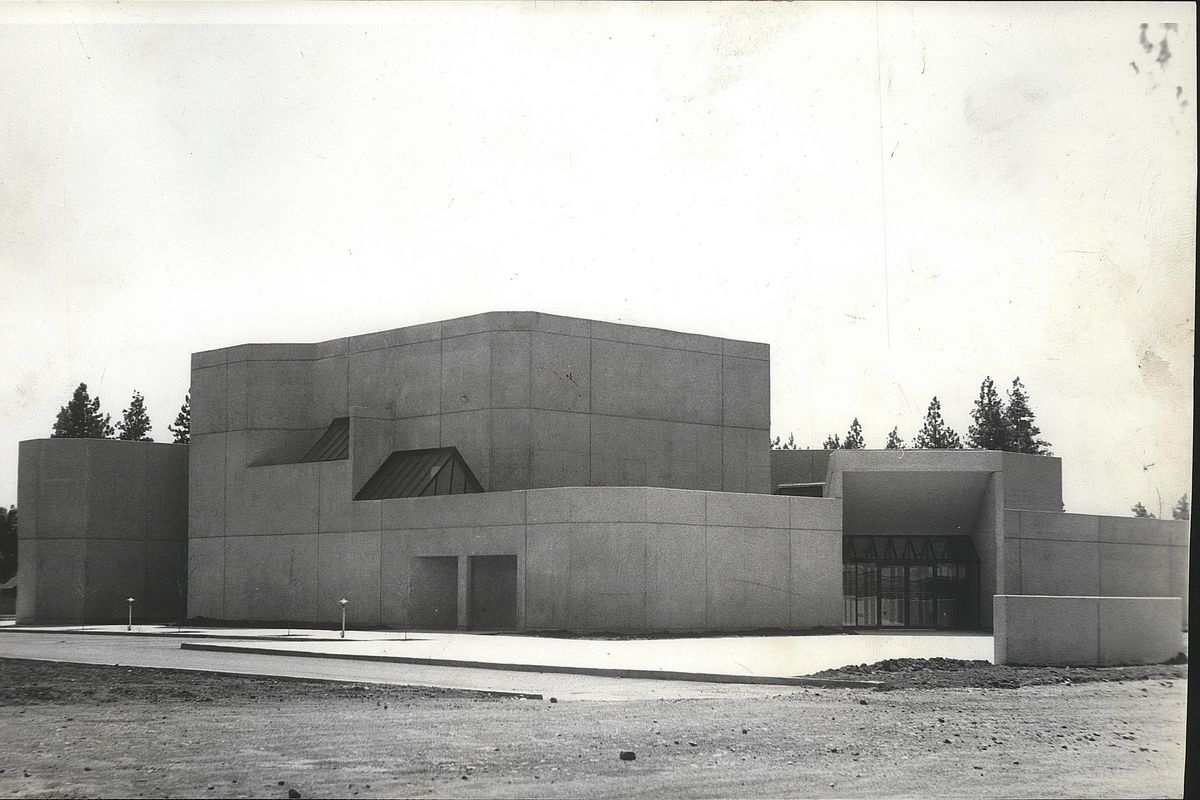Survey reveals hidden gems among Spokane’s midcentury modern architecture

In a way, the Grand Coulee Dam is responsible for Spokane’s inventory of midcentury modern architecture.
All that concrete brought prosperity to the region, helping to fuel a building boom through its low electric rates. But it also brought Ken Brooks to town. The young graduate of the University of Illinois was casting about for a home. His uncle in Seattle told him Eastern Washington was the place, thanks to the “great dam” and the “great open space on the other side of these mountains.”
Brooks came, and in time he became part of a collection of architects uncommon to a small city like Spokane. The “iconic, interesting and rare specimens” left behind by those architects have finally been counted, cataloged and recognized. A recently completed survey of significant buildings from the mid-20th century found 53 structures never before inventoried. The buildings range from commercial to institutional to residential and are the work of 27 architects between 1948 and 1973.
Beside Brooks, notable architects of the era include Royal McClure, Thomas Adkison, Richard Neutra, Bill Trogdon, Bruce Walker and John McGough.
Many of these architects were involved in urban planning and other civic activities and “were particularly important to the planning and execution of Expo ’74,” according to the report.
The survey was done by two Spokane companies: Painter Preservation and Planning, and helveticka, a design firm. It was paid for with federal funds from the National Park Service, the Washington State Department of Archeology and Historic Preservation and the city of Spokane.
Diana Painter, an architectural historian who founded her company in 2002; CK Anderson, helveticka’s creative director; and Aaron Brigg, senior copywriter at the same firm, discussed its findings before about 50 people during a recent afternoon at the Washington Cracker Co. Building in downtown Spokane.
Of the buildings in the survey, 16 are commercial structures, 13 are institutional and 24 are residential. All are still standing.
Painter said the buildings are “modern” because of their “deliberate departure from tradition.” But the term encompasses a broad collection of styles, from the stark and monumental “brutalist” structures like Temple Beth Shalom on the South Hill to the eye-catching “Googie” architecture seen in the Shadle Park Reservoir, to the clean forms of the International Style, typified by the little-known 1949 Studio Apartments at 1102 W. Sixth Ave.
These structures still stand, and the architects’ work continues on in other ways. McClure and Adkison’s architectural firm is now called ALSC Architects. Walker and McGough’s company turned into Integrus Architecture. And Trogdon’s firm is today known as NAC Architecture.
“These gentlemen were doing great stuff 50, 60 years ago, and their legacy continues,” said Bragg.
But it’s not just their legacies and buildings that live on. As the survey was discussed, Moritz Kundig’s name came up. Kundig, who designed the old Ferris High School auditorium, is in his 90s and was in the audience at the Washington Cracker Co. Building. Anderson introduced him, and a surprised audience applauded.
At the end of the hourlong presentation, a member of the audience pointed to another midcentury architect in the crowd: Warren Heylman, who designed the Parkade. He, too, stood to applause.
Megan Duvall, the city and county’s historic preservation officer, was happily surprised at the esteemed guests.
“I’ve never met Warren,” she said. “But now that I know who you are, we’ll have to talk.”
For more information, visit midcenturyspokane.org.